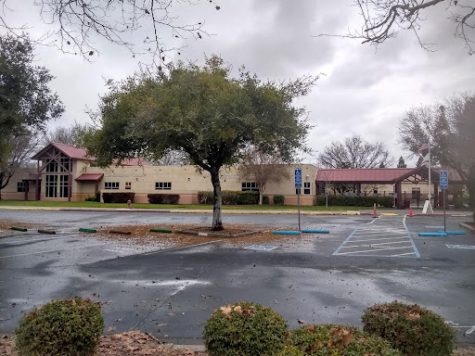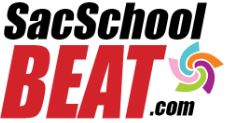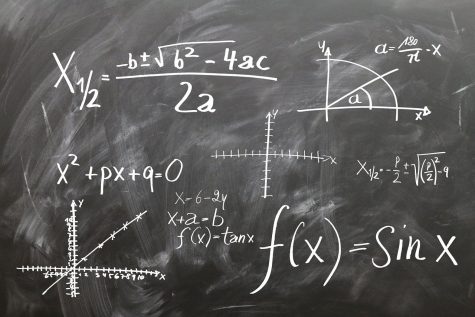Music, arts benefit from voter approval of Prop 28
December 28, 2022
California voters on Nov. 8 approved Proposition 28, known as The Arts and Music in Schools Funding Guarantee and Accountability Act.
The proposition which, received over three million votes, requires that each year schools receive one percent of the constitutionally-mandated amount of state general fund money they received in the prior year.
“Students and educators alike rejoiced when Proposition 28 returns showed voters agree on the critical importance of arts and music programs to student success and will hopefully end the practice of putting these programs first on the chopping block during lean budget years,” said the pro-Proposition 28 California Teachers Association in a press release.
Schools with more than 500 students have to use 80 percent of the funding on teachers. Almost all the rest is to be used on training, supplies and education partnerships. Only one percent of the funding can go to audits and administrative funding.
Each school district must make available on its website a report on how it spends Proposition 28 money.
Arts programs which the proposition aims to expand include dance, media arts, music, theater, visual arts, painting, sculpture, photography, graphic arts and design, computer coding, animation, music composition, script writing, costume design, film and video.
In Sacramento County, the proposition received more than 80,000 votes, and the measure’s local impacts could be seen soon.
For example, the Folsom Cordova Unified School District governing board on Nov. 17 voted 5-0 to provide $512,530 for afterschool programs involving STEAM (Science, Technology, Engineering, Arts and Math) curriculum and programming.
While the funding for that program is allocated through the state’s Expanded Learning Opportunities program, it provides a glimpse of what could come with the passage of Proposition 28.
The funding from Proposition 28 will also help school districts meet the state requirement of having visual and performing art classes in grades one through six, and offer electives in grades seven and eight.
Around 150,000 arts courses are offered in California high schools, and that number is expected to grow with the passage of Proposition 28.
Around 20 percent of California schools have a full-time arts or music teacher, a number that also is likely to rise with the additional funding going to school districts.
Proposition 28 also could affect the state’s economy. Around three million California residents work in an industry which is directly related to the arts.










